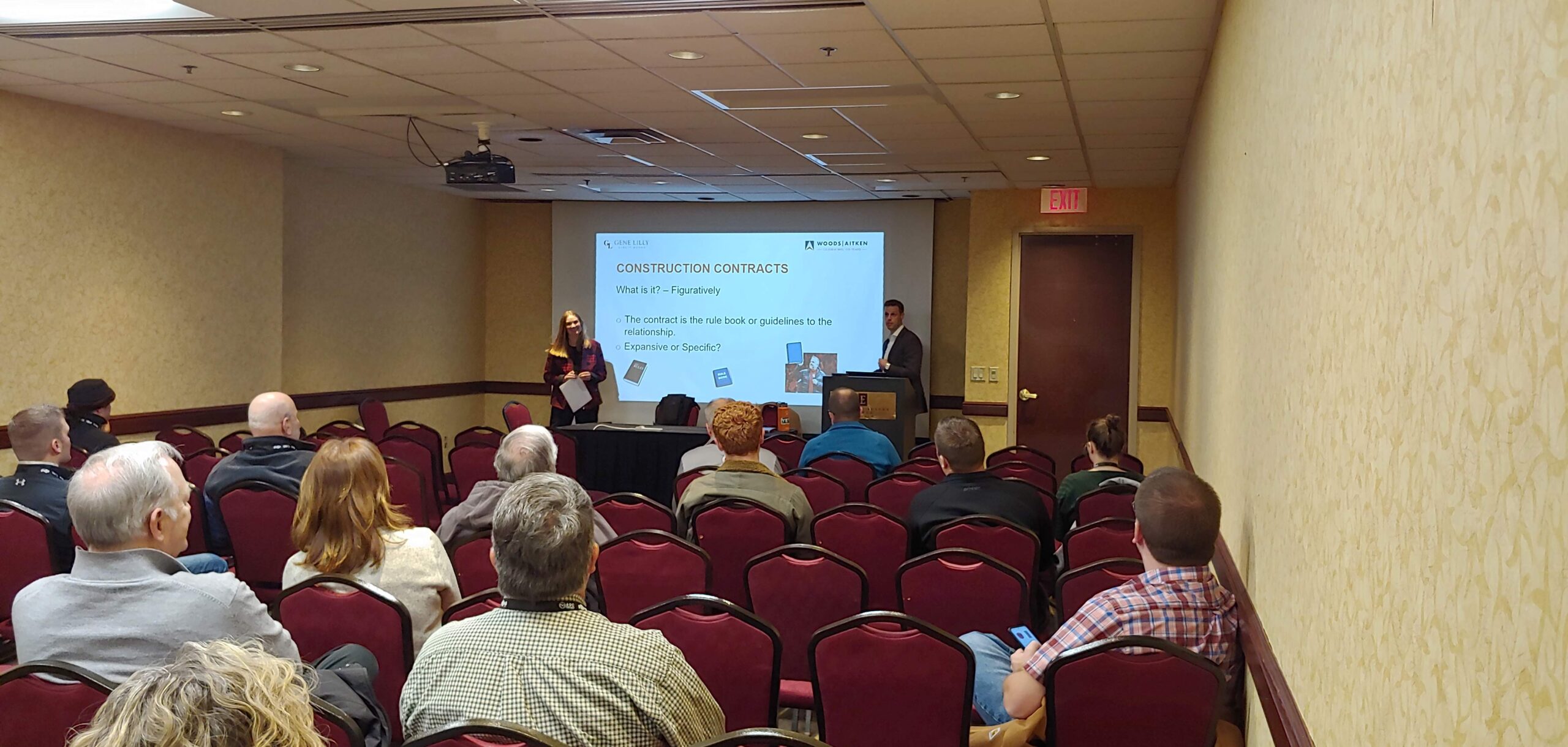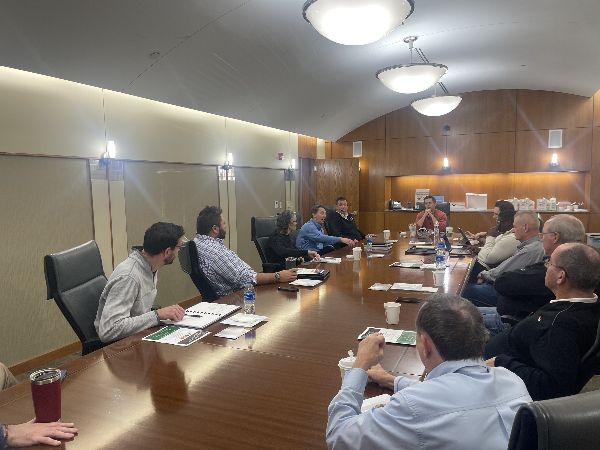From the desk of Gene Lilly:
Hello Spring! Winter weather seems to finally be behind us and construction season is in full swing. It’s hard to believe we’re already through the first quarter of 2023. We hope the year has started off well and backlogs are full.
The construction industry is still being challenged by many of the same economic factors that affected us in 2022. While a recession was forecasted by many financial experts last year, those forecasts have been relaxed to a more moderate downturn. Luckily, we are typically well protected from major economic swings in the Midwest. Nevertheless, it’s important to continue focusing on strong cash flow and improving the efficiencies of internal processes.
In our first newsletter of 2023, we discuss the concept of capital management. The capital required to churn through individual projects each with its own payment schedule makes construction a unique industry. With input costs continuing to rise and slower pay periods more common, companies have to constantly watch their cash flow from one project to the next. We highlight several things a CFO and financial department can do to forecast future liquidity and be proactive in circumventing any slow periods.
Here’s to a successful and safe Spring and Summer!
Capital Management
The capital needed to operate a construction company is different than many other industries. Construction companies rarely, if ever, access public capital or other outside investor opportunities. While private equity has become more common, it is still rare compared to owner/operator companies. Even then, private equity companies usually push for higher returns while treating companies purely as investments.
Most construction companies start with a cash injection, loan, or other shot of capital from an owner, family member, or close friend. From that point forward, capital is almost always made up of retained earnings and organic balance sheet growth. The concept of “investment rounds” or “angel investors” just is not as common in construction. Organic working capital and cash flow management are crucial to the long-term success of any construction company.
Due to common owner pay periods and 10% retainage, many construction companies are usually financing part of some project. Subcontractors are paying their crews to perform work before they submit an invoice, General Contractors are funding general conditions and operations before the architect will allow for a billing. Thanks to the typical 10% retainage, even if you can get a bill submitted, it is short any semblance of profit. Even if it is one month at a time, many contractors are forced to act as a bank for the owner.
In Tom Schleifer’s recent article on Capital Management, he discusses the importance of maintaining liquidity over prolonged periods of time. With rising input costs continuing, delayed pay periods, and drawn-out retainage, monitoring cash needs is vital. This forces company leaders to forecast liquidity needs associated with projects for the next 6 or 12 months, possibly longer. Maintaining adequate working capital and pursuing prompt-paying owners is paramount to alleviate this possible pitfall.
Schleifer constantly stresses that the Chief Financial Officer is as important as any other role in a construction organization. They provide the essential financial data needed for company leaders (one of which is usually themselves) to make real-time decisions that ensure profitability. A major part of their role is forecasting “capital capacity” or determining levels of cash flow for future endeavors. Schleifer outlines 5 steps to accomplish this task in his related article on Capital Capacity.
With these challenges expected to continue the next few years, it’s important to keep revenue growth in line with capital capacity. Strive to make growth that is profitable and contributes to liquidity. If growth plans may strain liquidity, it is wise to plan ahead. Its can be tougher to get a loan when you absolutely need it the most.
An old theory in the surety industry is that construction companies rarely fail due to a lack of work. The biggest failures are from overextending on low-margin work. Too much work without addressing cashflow needs and protecting oneself with working capital can make for rough times on even the best builders.
Cliffs notes; See Managing Construction Company Cash Flow at THIS LINK.
2023 AGC Convention
The AGC Highway Chapter held their annual convention in February and Gene Lilly was proud to be involved in several ways. We participated in a joint breakout session with Woods Aitken Law Firm covering construction contracts and the basic legal rules that govern them. With supply chain issues and labor shortages still causing issues, this presentation provided best practices for how contractors can position themselves in these disputes to minimize financial impact. Interested in the presentation? Please contact us.



We sponsored the PAC auction again this year and raised nearly $70,000! Thanks to everyone who came out and participated. The auction is the primary fundraiser for our PAC to help support the legislative bills that benefit the construction industry.

ABC Coffee, Contacts & Content
Thanks to our local Associated Builders & Contractors Chapter for inviting us to lead a discussion on bonding over coffee and donuts! Sometimes the topic of surety bonds is better discussed in an open conversation format to allow for questions on real-world scenarios. Many of the questions from the construction folks were tailored around situations they are currently experiencing and how bonding comes into play. These conversations helped illustrate the benefits of surety bonds.
If your company is getting more questions about your bonding capability, please contact our team. We would love to have more discussions like this.


